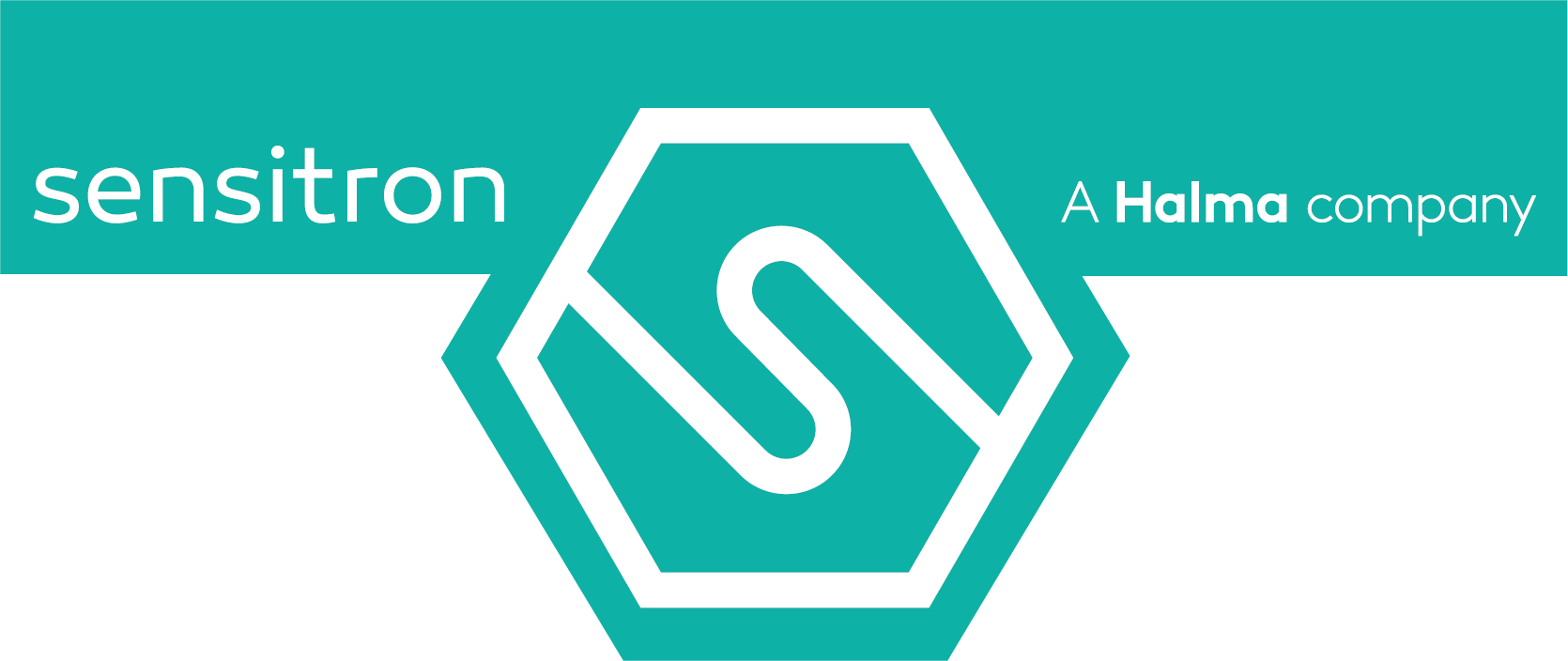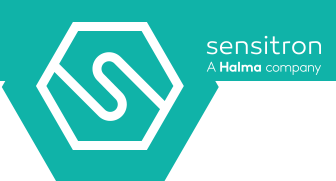
Gas detection: Oil & Gas industry
Gas detection is a key point in the safety of workers and environments and ensures accuracy even in the harshest environments such as the Oil & Gas industry, providing early warning if limits are exceeded, allowing rapid intervention and preventing possible gas leaks, explosions or fires. The oil & gas industry consists of hostile environments where workers are exposed to significant risks, and the adoption of fixed and portable gas detection systems is a reliable and safe choice.

Gas detection: How the oil & Gas industry is divided
The oil industry is divided into 3 major macro-categories:
- Upstream
- Midstream
- Downstream
Upstream

Dedicated to the detection and extraction of oil and natural gas, it includes both onshore and offshore drilling operations. This phase requires the use of specific machinery and equipment, which require careful use and proper preparation by workers. It is here that the first hazard from gases is encountered: hydrogen sulfide.H2S is extremely toxic and flammable, and can cause loss of consciousness and even death even at low concentrations. Therefore, accurate and reliable gas detection is essential.
Midstream
 It concerns the storage, transportation, and processing of crude oil and natural gas. During this phase, which takes place through pipelines overland or large tankers by sea, gas detection is critical to ensure the safety of workers and prevent possible leaks or spills, helping to ensure the integrity of storage tanks and transportation equipment.
It concerns the storage, transportation, and processing of crude oil and natural gas. During this phase, which takes place through pipelines overland or large tankers by sea, gas detection is critical to ensure the safety of workers and prevent possible leaks or spills, helping to ensure the integrity of storage tanks and transportation equipment.
Downstream
 It includes the refining and processing of oil and natural gas to the distribution of finished products. It is at this stage that raw materials are processed and transformed until they become usable in a wide variety of areas, from fueling to heating homes. At this stage, natural gas is divided into hydrocarbons and fluids in order to produce pipeline-quality gas.
It includes the refining and processing of oil and natural gas to the distribution of finished products. It is at this stage that raw materials are processed and transformed until they become usable in a wide variety of areas, from fueling to heating homes. At this stage, natural gas is divided into hydrocarbons and fluids in order to produce pipeline-quality gas.
Gas detection: major hazards in the oil & Gas industry
Among the most common gases in the oil industry is methane, a flammable gas that can pose a safety hazard to workers and environments. One possible solution to detect it is the use of infrared technology sensors, known for their accuracy long-term stability. Another very common gas is hydrogen sulfide, which is extremely toxic and flammable and can cause unconsciousness and even death.It is possible to detect it through the use of electrochemical cells, which can detect even very low concentrations of the gas.


Our products for gas detection in Oil & Gas industry
For gas detection within the Oil & Gas industry, Sensitron stationary and portable gas detectors are ideal:
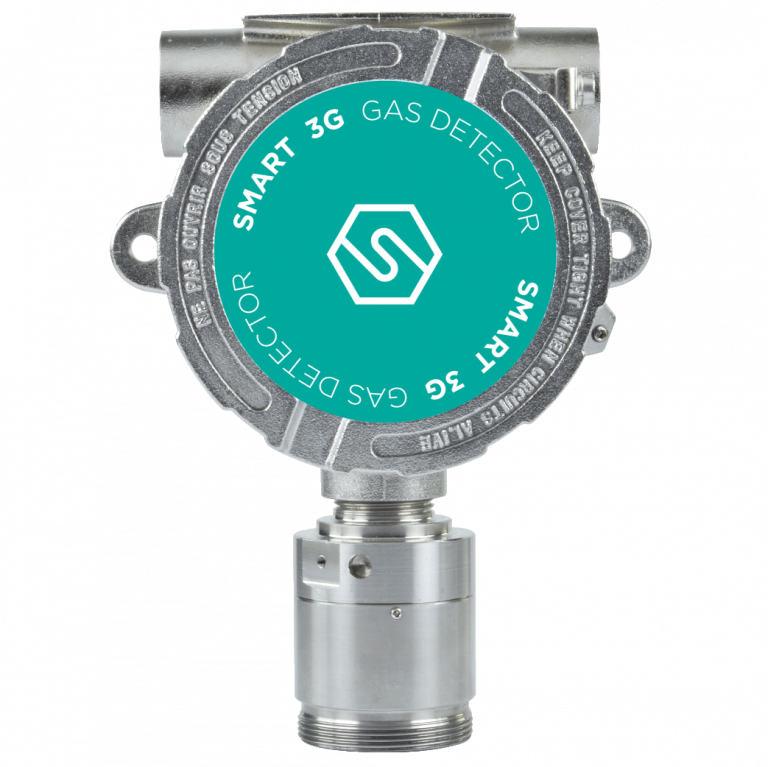
SMART 3G Gr.1
ATEX Group 1 certified, ideal for detecting flammable substances and toxic gases in mines, tunnels or areas classified Group 1.
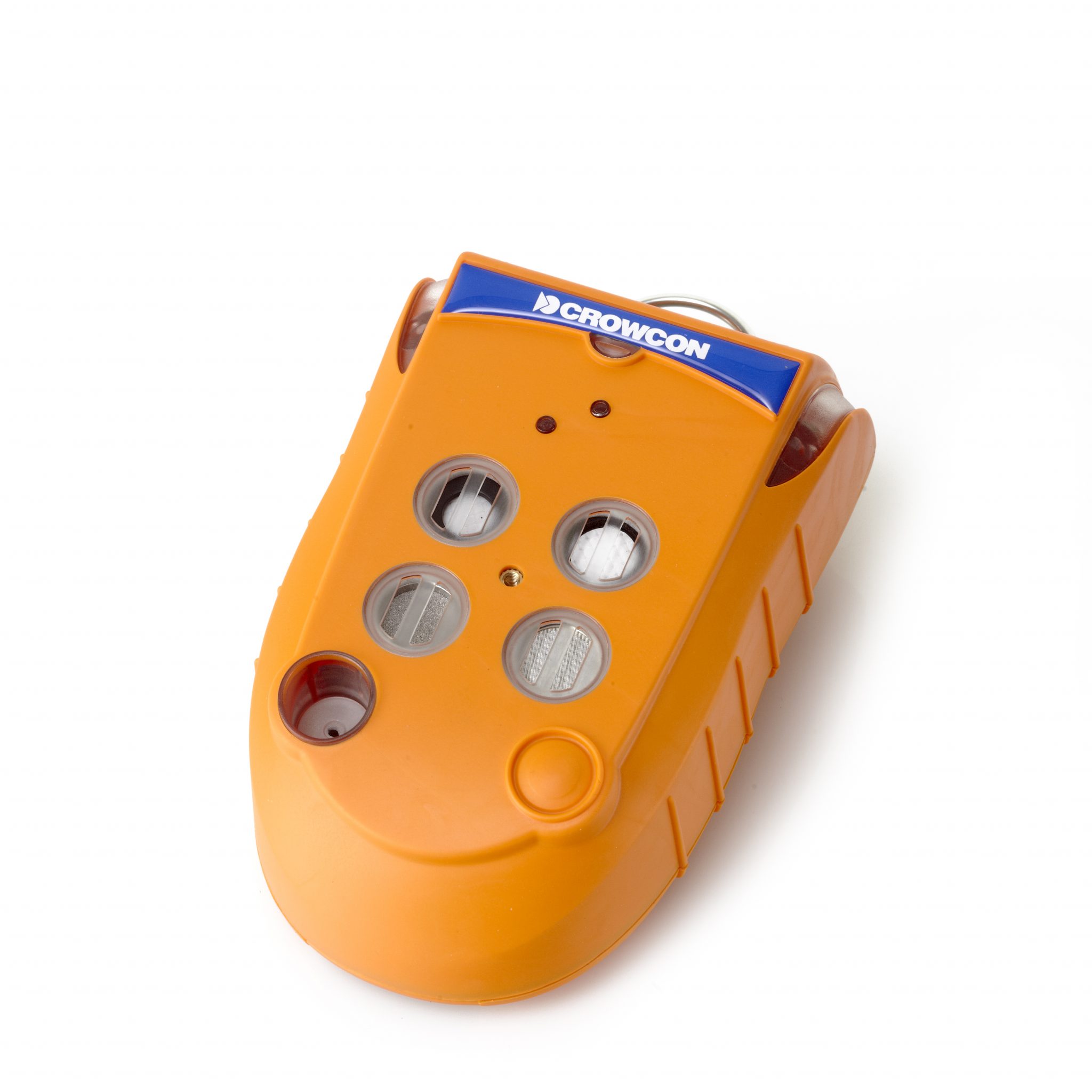
CROWCON GAS PRO
Ideal for detecting up to 5 gases in a compact and robust solution. Has an easy-to-read display ideal for confined spaces.
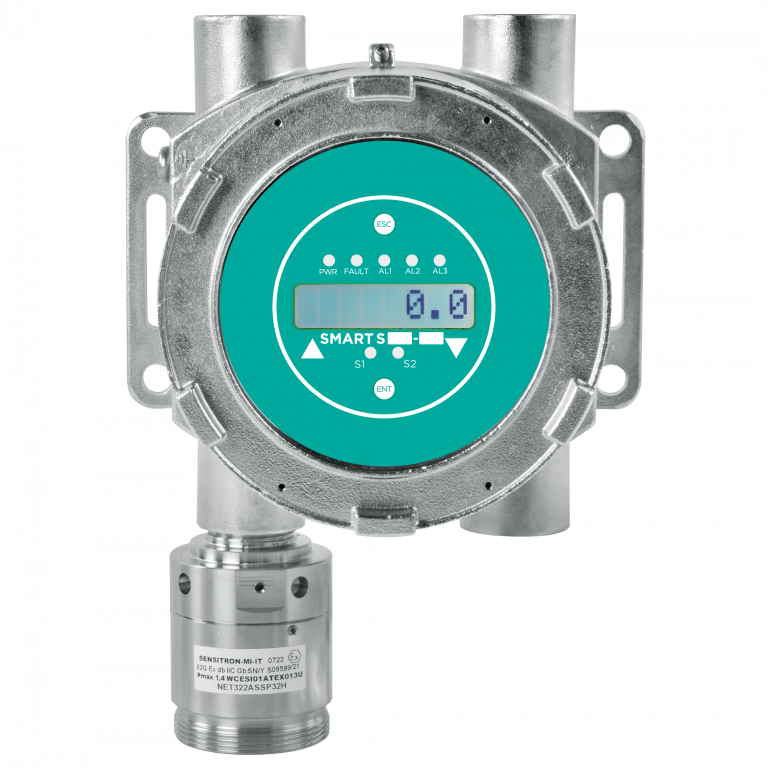
SMART S SS
ATEX certified for Zone 1, SIL2 Hardware and SIL3 Software, optional Hart Modem and with stainless steel housing.
Our certifications for Oil & Gas industry
In Oil & Gas industry, it is important that gas detection systems always ensure accurate detection, which is why certifications are a key aspect of our products:

ATEX
The Directive establishes the requirements and evaluation of equipment intended for potentially explosive atmospheres.

IECEx
The IECEx system is an international certification system. It is developed by the International Electrotechnical Commission.

SIL2 (3)
The Safety Integrity Level (SIL) is the ability to reduce the assessed risk while ensuring the reliability of the safety systems.
Explore our spaces in virtual reality
Within the Sensitron metaverse you can explore application realities reconstructed in virtual reality. Find out more about who we are and what we do, walk inside a production area and learn more about the dangers of gas.
